Appalachian Woodsman
Jr. Member
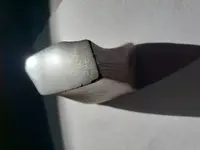
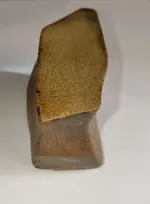
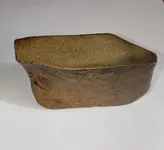
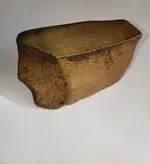
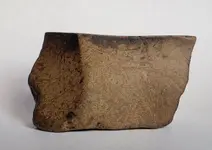
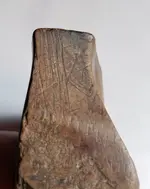

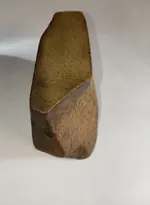


Found this rock sitting in a log home slated for demolition. Built in 1750s. Other native artifacts have been discovered here before.
Forgot scale. But its as long as a cigarette lighter. And 3/4 as tall as a lighter.
Super smooth, shiny and flat on the bottom.
Fits beautifully in your left hand.
Staining on the edge of the smooth bottom.
Etches on the top grip at front.
Etches on the rear bottom.
What might this have been used for and by whom?
Amazon Forum Fav 👍
Upvote
0



